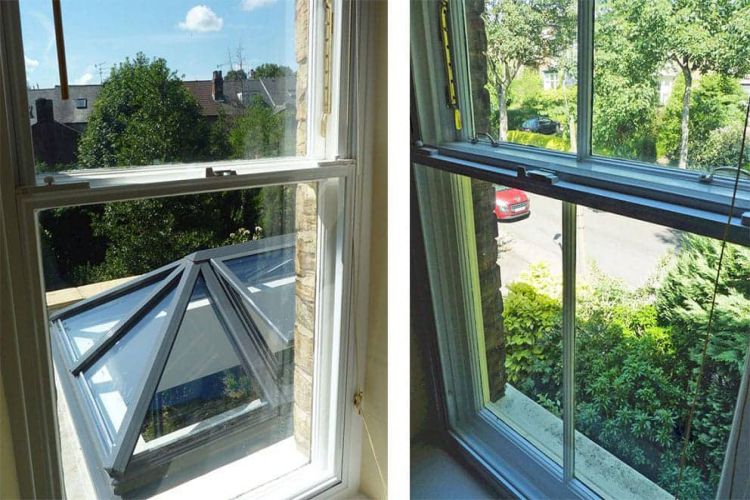Most people don’t recognize the impact their windows have on the environment inside their home. Even if you’re installing Denver replacement windows, it’s worth planning the surrounding landscape so maintenance remains minimal and the overall aesthetic stays cohesive. Ideal windows block out noise and help maintain a comfortable climate. If your home is struggling with these issues, upgrading your windows might be the answer. One convenient way to upgrade is to add secondary glazing, making your windows thicker without replacing them. This guide contains everything savvy homeowners need to know for the best results.
Start by Fixing and Measuring Existing Windows
Adding another layer of glass to a window that’s in poor condition will waste money and time. Your first step should be to inspect your frames for cracks, leaks or rot and fix these issues first. Then, you’ll need accurate measurements to ensure a good fit. Being off by just a few millimeters can be problematic, so make sure they’re accurate or have a professional do them.
Choose Your Installation Method and Materials
The new pane of glass doesn’t have to be fixed to the existing one, like with double glazing. That’s one option, but you can also install secondary glazing that independently opens via a hinge or sliding mechanism. There are also materials with different qualities to choose from. Acrylic sheets are lightweight and easy to install, while glass is stronger and more soundproof. Low-E glass or laminated glass offers superior insulation but increased cost.
Prepare Your Workspace and Tools
It’s worth treating this as an individual step in any DIY project, since an organised and tidy workspace allows you to work more quickly while making fewer mistakes. Start by clearing the area around the window; move any furniture, ornaments, and curtains or blinds that are in the way. Use dust sheets or tape to cover nearby surfaces you don’t want to get messy. Lay out the tools you’ll need in advance.
Install the Frame and Panels
Frames can be fixed to the window recess using screws or an adhesive. If you choose the latter, ensure the surfaces are clean and dry before you begin. With the frame installed, you can then add your panels. Grip them by their edges to avoid scratching them, and remember that glass can be very dangerous if it shatters. If you’re adding glazing to large impact windows, have someone help you carry them.
Seal Them Well and Schedule Regular Maintenance
The final step in your home window glazing project is to seal your secondary glazing properly. Take care to apply the silicone evenly and avoid leaving gaps where air can pass through. You can then tidy the area and polish the panel before refitting the curtains or blinds. If the installation is done correctly, you should only need to check the sealant and hinges once a year or so.
Conclusion
Secondary glazing is a convenient and affordable alternative to replacing your windows with double glazing. It offers similar benefits in terms of efficiency and noise cancellation, yet the installation is straightforward enough to do yourself, although professional installations are also available. By following the process outlined here and taking great care with measurements and material selection, this simple upgrade can help you enjoy a quieter, more comfortable home.

